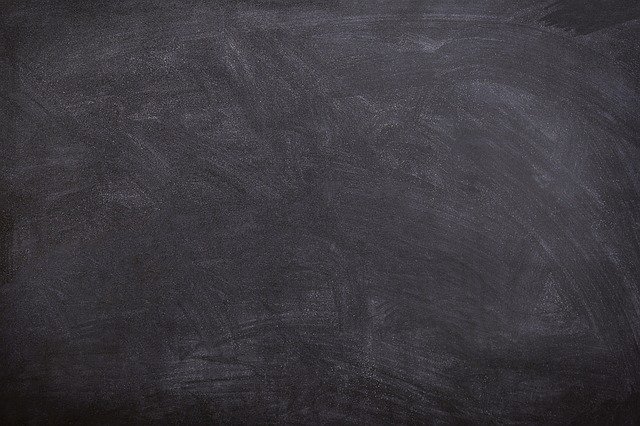
On Wednesday, the Supreme Court heard what had a chance to be the most consequential student speech case since its 1969 ruling in Tinker v. Des Moines. Controversies over whether schools can punish off-campus speech have been simmering for years, going back deep into the mists of internet time and involving now-fossilized platforms like Myspace. Lower courts have split over the issue—precisely, whether Tinker’s rule that schools can regulate student speech that could substantially disrupt the educational process applies beyond the schoolhouse gate—and the Supreme Court has refused to address it. This case, Mahanoy Area School District v. B.L. could allow the Supreme Court to provide some clarity for both schools and students.
If oral argument is any indication, clarity might not be forthcoming. The justices did all seem concerned about allowing schools to regulate off-campus speech that would normally be protected by the First Amendment. The court seems unlikely to accept the school district’s arguments which, despite its claims to the contrary, would give educators broad latitude to regulate any speech “directed” at the school. However, several justices seemed to think that the facts of this case don’t lend themselves to the creation of a general rule. There did not seem to be a split along the conservative/liberal division often seen in contentious cases.
Previously, the court has ruled that schools can only punish student speech that violates the rights of others, disrupts the educational process, is lewd or lascivious, is school sponsored, or is pro-drug. But those rulings only applied to speech in school. The internet complicates the issue. Teenagers can now open their digital mouths and have a vast online audience, not just a few friends at a weekend party, hear what they have to say.
The controversy in Mahanoy emerged when high school sophomore Brandi Levy was suspended for a year from her junior-varsity cheerleading squad for a vulgar image she sent via Snapchat after being denied a chance to try out for the varsity squad. Snapchat is supposed to protect juveniles from thoughtless decisions by allowing the quick deletion of their photos and posts. As Levy learned, though, social media is forever, even with Snapchat. Someone took a screencap of Levy’s Snap of herself and a friend holding up their middle fingers, with the words “f— school f— softball f— cheer f— everything” superimposed on the image. The image inevitably made it to her coach, leading to her punishment. Levy challenged her suspension in federal court and won at both the district and appellate level.
At oral argument the rural Pennsylvania school district’s lawyer, Lisa Blatt, argued that Tinker’s holding that schools can regulate disruptive speech should be expanded to apply to off campus speech if the speech is “directed” at the school. In fact, she argued that this has been the operative rule ever since Tinker even though the court has never endorsed it. The location of student speech, Blatt argued, doesn’t matter because the internet is “ubiquitous.” This claim won’t succeed. Justice Breyer pointed out that the facts of this case seemed to show that Levy’s speech didn’t cause a substantial disruption in school. She used vulgar speech, but Breyer worried that, if vulgarity is the standard, schools would be punishing students all the time given the vocabulary choices of adolescents. Justice Alito was concerned by the idea that schools should be able to punish speech that “targets the school,” as Blatt contended. That would not provide a “clear rule” that could be implemented without being abused by schools. The district believed that everything should be context dependent, which would provide wide latitude for schools to decide what counted as school related. Justice Gorsuch pointed out that, while the school district said that it would not be able to punish political and religious speech, the district’s position would in fact allow educators to do just that if they decided that the speech would cause a substantial disruption.
While the district’s proposed standard seems unlikely to be accepted by the court, it’s not clear that Levy’s will be accepted either. Her lawyer, David Cole of the American Civil Liberties Union, argued that the standard should be whether the student is under the school’s supervision. Schools should not have the authority to intervene unless the speech falls into an already unprotected category such as a true threat. This line is clear, but some justices seemed unenthusiastic about drawing it. Justice Breyer, for instance, said “I’m frightened to death of writing a standard.” Justice Alito even floated the idea of dismissing the case as improvidently granted since the facts might not lend themselves to “address[ing] the broad issues” of student online speech, particularly since it involved an extracurricular activity and not the regular school environment.
The only certainty after oral argument is that the court will not rule in favor of the school district. Too many justices thought that the punishment was disproportionate to the offense or would allow schools to punish clearly protected speech. Justice Kavanaugh pointed out that Levy just blew off steam like millions of other kids who get cut from a team. However, the eventual decision, one fears, will be sufficiently opaque that it will fail to give much guidance to schools. Overall, this case will be a clear victory for Levy but perhaps not clear enough to prevent future litigation.
Joshua Dunn is professor of political science and director of the Center for the Study of Government and the Individual at the University of Colorado Colorado Springs.
The post Supreme Court Hears Argument in Student Speech Case appeared first on Education Next.
[NDN/ccn/comedia Links]
News…. browse around here
No comments:
Post a Comment